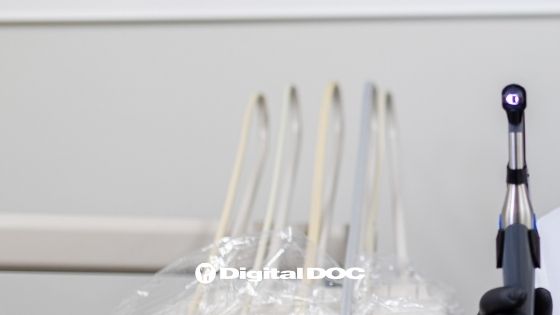How Transillumination Works
Everything You Need To Know About Transillumination
Learn How The Transillumination Works
The diagnosis of a broken tooth might be one of the most challenging tasks we face in the field of dentistry. In many cases, the symptoms are ambiguous and vary from patient to patient. It is challenging at best when it comes to the external inspection since some teeth appear to have no cracks with clear symptoms, while other teeth have dark, visually threatening lines, but the patient reports no problems.
Transillumination is one of the methods that we might use to try to detect whether or not a tooth has been fractured. In its most basic description, transillumination is the process of transmitting a powerful beam of light. Also, by interpreting the pattern of light transmission to make a diagnosis. Our friends over in Parker CO at Green Dental Care would agree that the Transillumination is very easy to use and has advanced there dental office. Keep reading and see How Transillumination Works.
Cracked Molar Transillumination
We want to put a bright light source to the tooth in order for it to go perpendicular to the damaged teeth. In the majority of cases, this indicates that the light source is directed toward the labial or lingual tooth surfaces. Light will move continuously from the buccal surface to the lingual surface of a tooth that is not broken. This may be viewed on the occlusal table of the tooth by its uniform lighting. A broken tooth causes light to be scattered as it passes through it, preventing it from crossing over and illuminating the side of a tooth beyond the crack.
The Molar That Has Been Cracked
Transillumination can be accomplished with a variety of commercially available instruments. It’s also possible to include fiberoptic into your high-speed handpiece. Curing lights may also be used to detect cracks in concrete. Tack curing tips with a tiny diameter perform particularly effectively, although regular curing light tips also function well in this situation. If transillumination is used and a crack is observed, one of the first things we strive to do is film it with a digital or intraoral camera to become part of the patient’s permanent record.
Contact Digital Doc Today!
Digital Doc is here to help you and your dentist office expand your technology. We look forward to speaking with you and seeing why we love our products. Schedule a demo video call or a in-person demo with us today!

Blog body text

